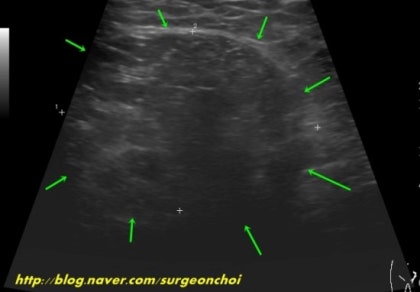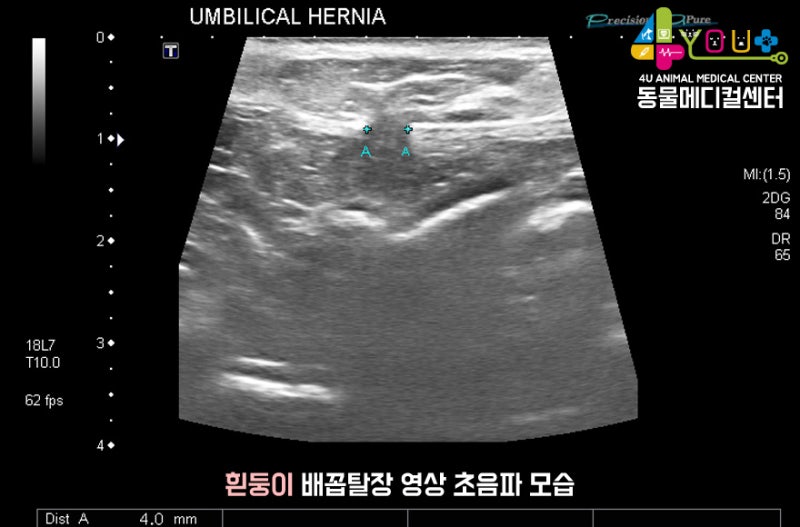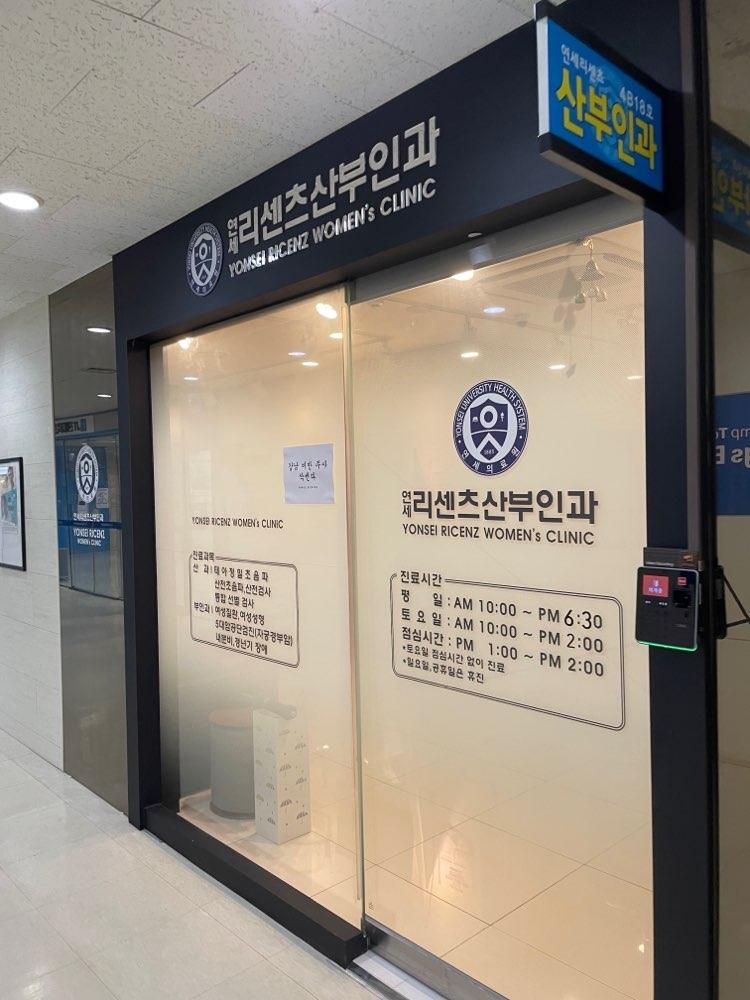because of the importance of early response to inguinal detachment

Hello? Seoheb Deenteric Surgery Hospital I will say hello to the surgery department on a spring day.

Deenteration is a condition in which our body’s organs are not in their original position and escape or protrude through other tissues. It can occur anywhere in our body, but it is widely known that the most frequent area is the groin. The inguinal detachment refers to the withdrawal of organs inside the abdominal cavity through the groin area, and if you have symptoms of swelling or discomfort in your crotch, you can suspect the disease. Therefore, we will use this time to find out the cause of inguinal detachment and how to treat it.

If there is a gap between the abdominal muscles that support the inguinal detachment and abdominal wall, the intestines may fall out between them, which is called deenteration. Deenteration can occur in various parts of our body, but it usually occurs in the abdominal wall. Especially, it occurs mainly in the crotch area, and this is called inguinal detachment.Some of you may have heard of a disease called inguinal detachment for the first time, which is one of the most common surgeries in surgery. In fact, it is known that about 30,000 surgeries are performed in Korea alone and 800,000 in the United States as of a year.

What causes this to happen?Decommissioning usually tends to occur in the elderly and children. The testicles are located in the stomach during fetal life and go through a process of descending into the scrotum around 7 months pregnant. The path where the testicles come down is called a portrait projection, which often remains unblocked. Pediatric decoupling causes the internal organs inside the stomach to be pushed out of that hole, resulting in inguinal decoupling.On the other hand, adult decapitation appears when the abdominal muscles that support the abdominal wall gradually weaken as aging progresses and there is a gap between the muscles. In addition, abdominal pressure increases when patients suffering from obesity and lung disease cough frequently. In this kind of case, it’s easy to develop an intestinal detachment.

What are the typical symptoms? In the early stages of a disease, you often don’t feel any uncomfortable symptoms or pain. For this reason, it is often found accidentally in the shower. In addition, there are people who visit the urology department for treatment due to uneven crotch area and visit the surgery department for inguinal detachment surgery.When a bowel discharge appears, pain is felt along with discomfort in the crotch, and if you walk too hard or cough, the crotch becomes uneven. At the same time, if you push in the uneven area with your hand or wake up from sleep, you need to suspect the disease.

How do you diagnose it?Deenteration can be diagnosed relatively easily through examination after identifying the symptoms and medical history that usually appear. First of all, you can look at the protruding part while standing, and then if you can’t see the protruding part with your eyes, you can lie down and promote the prolapse.Video tests are needed to determine the exact location along with a more reliable diagnosis. In most cases, diagnosis is possible using ultrasound, and in some cases, detailed examinations such as CT or MRI can be performed.How do you treat it? If inguinal detachment occurs, unfortunately, it is difficult to expect a conservative solution. This is because once it occurs, it gradually opens badly and does not close naturally. Therefore, it should be treated through inguinal degumming to prevent the degumming hole from getting bigger.The most representative methods of deenteric surgery are surgery through incision and laparoscopy by making a hole in the stomach. The traditional method of incision required a recovery period for healing along with the burden of pain and scarring, but recently there is a deenteric correction technique that inserts laparoscopic instruments through small holes in the navel, reducing the burden of existing surgery.Care after inguinal detachment surgery? It is most important to get enough rest in any area. If you are not an elderly person, it is enough to reduce the amount of activity, but if you are 60 years old or older, you need to pay special attention. Usually, about 7 days after inguinal decoupling surgery, the pain in the lesion area is relieved, so many people try to move as usual. This does not occur immediately, but you should be careful because the surgical site has not fully recovered. In addition, about seven days later, starting with a light walk, the amount of activity gradually increases, and in a month, activities such as fitness exercise and mountain climbing will be possible.This time, we will take a closer look at the inguinal detachment. If you have any questions about the contents, please feel free to contact us anytime. I will help you with kind consultation and guidance. Thank you.Previous Image Next ImagePrevious Image Next ImagePrevious Image Next Image


